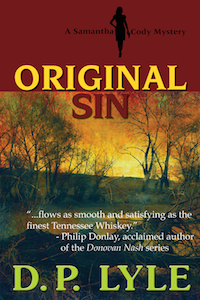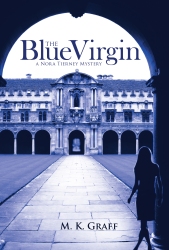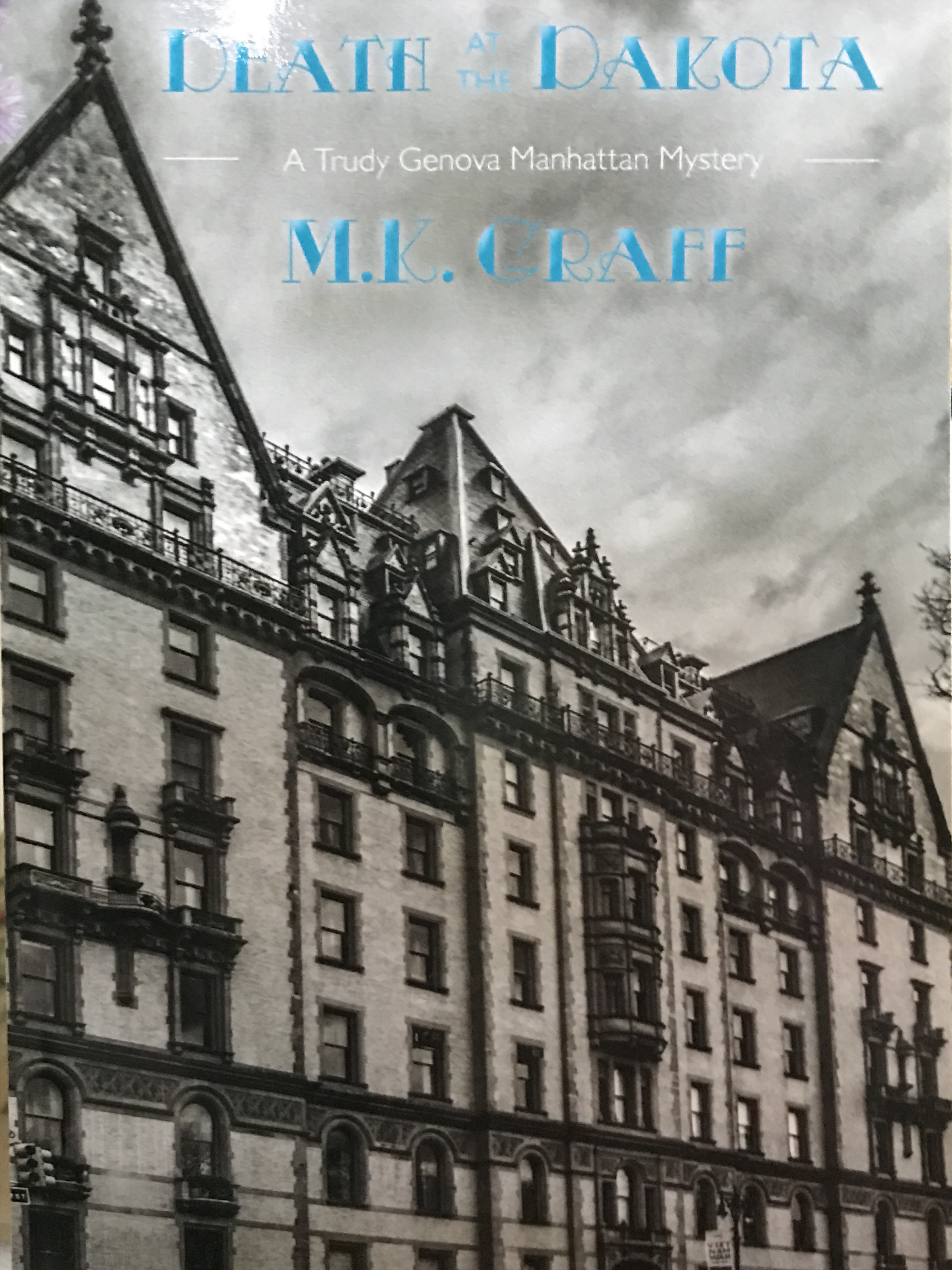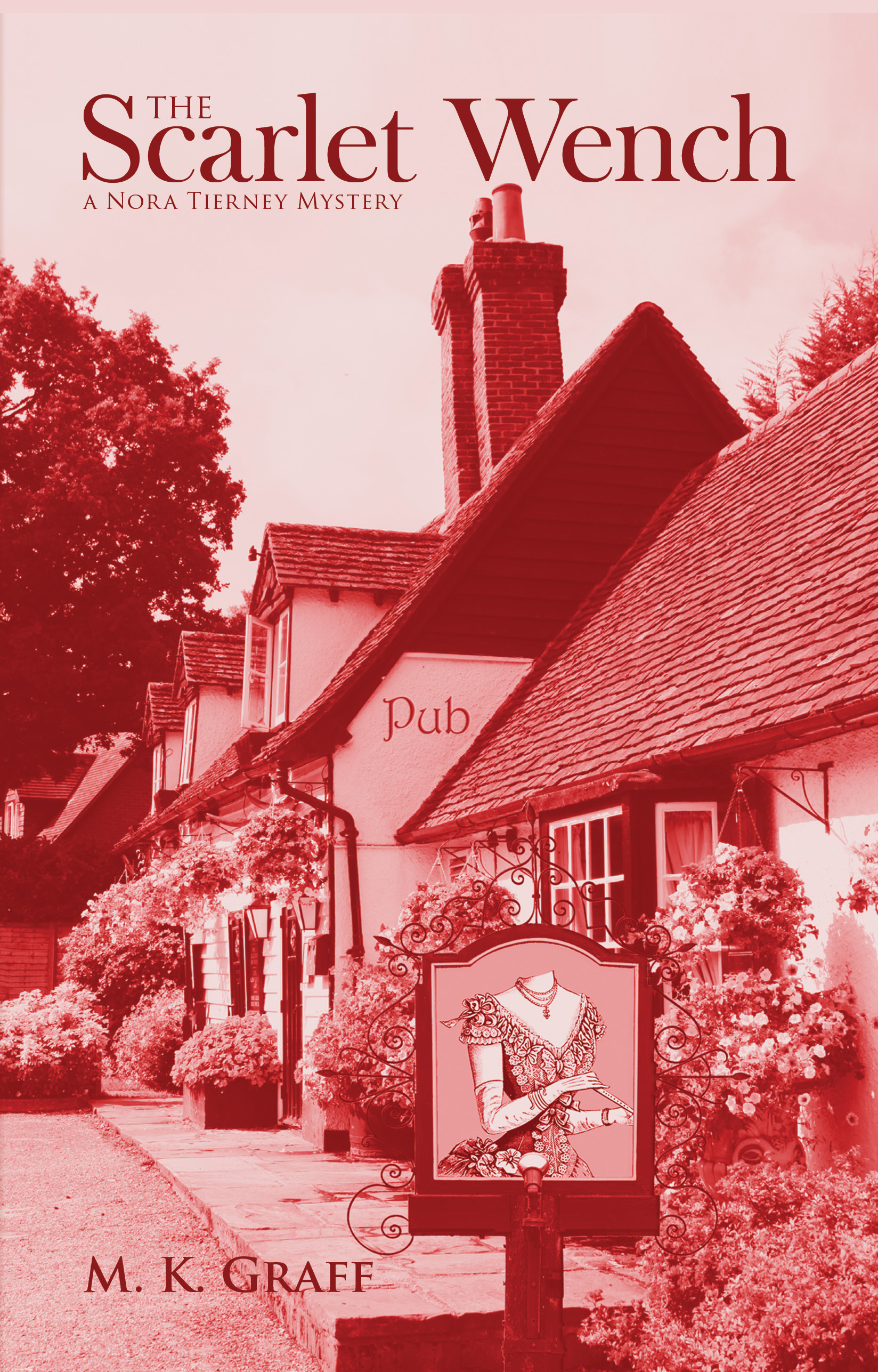What if?: The Crucial First Question 
So you have a cool idea for a story. Big deal. Ideas are a dime a dozen. And ideas aren’t stories. To become a story, your idea must evolve into a premise, or what many call “The Central Story Question.” It’s what the story is really about.
To become a premise, the original idea must ultimately lead to the question: What if?
What if this happened? What if that person did this? What if that dude hanging out at your local coffee shop is actually a rogue undercover agent with a deadly agenda? Or a serial killer? Or is stalking one of the baristas?
It is from those two words–What if?—that stories arise.
The power of your story’s What If? can’t be overestimated. It is the single guidepost that will keep you on track as your churn out those 100,000 words. A good What if? states the main character, the situation, the stakes, and, most importantly, the central story question.
It is the answering of this question that is the story.
The What If? should be stated in about 25 words or so. Because the What If? is brief, it’s often called the elevator pitch or the agent pitch. It communicates your story in the most efficient terms. We’ve all heard writers respond when asked what their story is about by saying things like, “Well, there’s this guy who lives on an island. And he hates the water. And a big shark is killing people and this is threatening to shut down the town’s beaches on a holiday weekend. And then there’s this other guy who is a shark expert and he has a really cool boat. Oh, I forgot, the first guy is the chief of police.” Yawn.
What if a hydrophobic, island-community police chief must go out on the water to kill a predatory shark to save the town’s summer economy and to prove his own self worth?
What if an FBI trainee must exchange personal information with a sadistic serial killer in order to track another serial killer and save a Senator’s daughter?
What if the youngest son of a mafia family takes revenge on the men who shot his father and becomes the new godfather, losing his own soul in the process?
These are of course Jaws, Silence of the Lambs, and The Godfather, respectively. See how these What If?s reveal the protagonist and clearly state the story premise? Read these books or watch the movies and you will see that each scene moves toward answering the story’s What If? Each of your scenes should, too. If not, consider cutting, or at least reworking, those that don’t.
Here’s a tip: When your What If? is completed to your satisfaction, print it out and tape it to your computer or the front of your writing pad so you will see it every time you sit down to write. Before writing each scene, read your What If? and ask yourself, “Does this scene help answer the Central Story Question?” If you do this, you will never lose sight of what your story is about. Particularly in the dreaded middle, where so many stories get lost in the jumble of character and backstory and cool dialog and all the other stuff that goes into a manuscript. The What If? keeps you focused and on track.
What if a female cardiovascular surgeon must unravel why so many of her post-op patients succumb to bizarre homicidal rages and to do so must dig deeply into her family history?
That’s the What If? for ORIGINAL SIN, my latest Samantha Cody thriller.
ORIGINAL SIN:
Dr. Lucy Wagner was on top of her game. The only cardiac surgeon on staff, a new pediatric cardiac unit dedicated to her, and an impeccable reputation not only put her at the apex of the local medical pyramid but also garnered a few powerful enemies. Such is the nature of jealousy and greed. Turf wars can get ugly. Still all was good until the day old John Scully, the spiritual founder and leader of a local snake-handling church, died on her operating table. Fainting spells, nightmarish dreams, and patient after patient succumbing to some violent psychosis followed, putting her career, and her life, in jeopardy. Aided by long time friend and ex-boxer, ex-cop Samantha Cody, Lucy must reach deeply into her family’s past and into her own soul to find the strength to confront old and very powerful forces she never knew existed.
Read the First Chapter Here: http://www.dplylemd.com/DPLyleMD/Excerpt-OS.html
D. P. Lyle is the Macavity and Benjamin Franklin Silver Award winning and Edgar, Agatha, Anthony, Scribe, and USA Best Book Award nominated author of many non-fiction books (MURDER & MAYHEM; FORENSICS FOR DUMMIES; FORENSICS & FICTION; MORE FORENSICS & FICTION; HOWDUNNIT: FORENSICS; and ABA FUNDAMENTALS: UNDERSTANDING FORENSIC SCIENCE) as well as numerous works of fiction, including the Samantha Cody thriller series (DEVIL’S PLAYGROUND, DOUBLE BLIND, and ORIGINAL SIN); the Dub Walker Thriller series (STRESS FRACTURE; HOT LIGHTS, COLD STEEL, and RUN TO GROUND); and the Royal Pains media tie-in novels (ROYAL PAINS: FIRST, DO NO HARM and ROYAL PAINS: SICK RICH). His essay on Jules Verne’s THE MYSTERIOUS ISLAND appears in THRILLERS: 100 MUST READS and his short story “Even Steven” in ITW’s anthology THRILLER 3: LOVE IS MURDER.
Along with Jan Burke, he is the co-host of Crime and Science Radio. He has worked with many novelists and with the writers of popular television shows such as Law & Order, CSI: Miami, Diagnosis Murder, Monk, Judging Amy, Peacemakers, Cold Case, House, Medium, Women’s Murder Club, 1-800-Missing, The Glades, and Pretty Little Liars.
Website: http://www.dplylemd.com
Blog: http://writersforensicsblog.wordpress.com
Crime and Science Radio:
http://www.dplylemd.com/DPLyleMD/Crime_%26_Science_Radio.html









All my books come from the question what if.
Richard Brawer
http://www.silklegacy.com
LikeLike
As they should. It’s what keeps the story on track.
LikeLike
This is great! Can I link this blog to a workshop I’m doing?
LikeLike
Absolutely. Hopefully it will help some of the participants.
LikeLike
Thank you! Pat
LikeLike